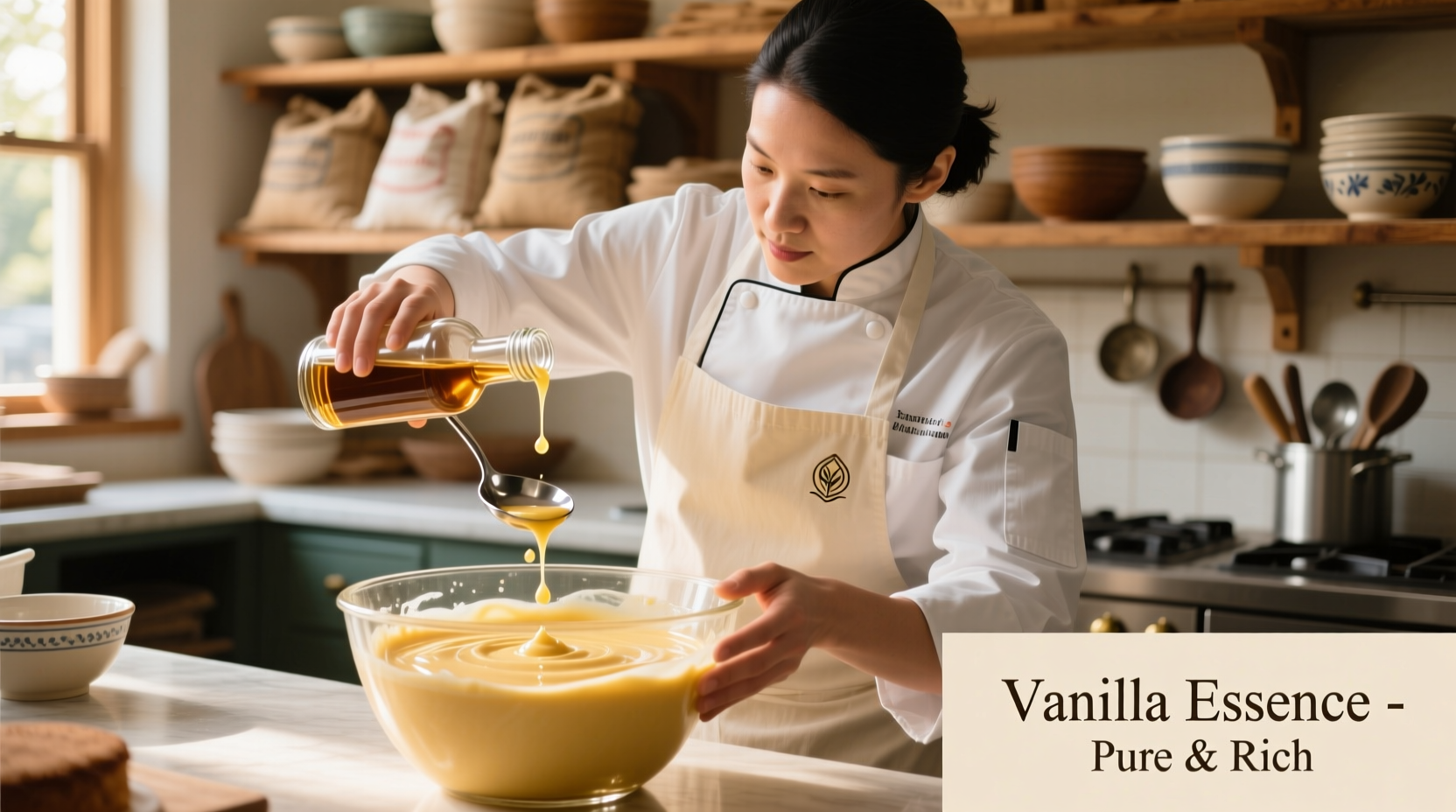Box cake mixes offer convenience, but with a few strategic tweaks, you can achieve that coveted homemade flavor and texture that impresses everyone. Professional bakers use these same techniques in restaurants to create cakes that taste freshly made from scratch, and they're surprisingly simple to implement in your own kitchen.
Before You Mix: Essential Ingredient Upgrades
The foundation of a superior cake starts with smart substitutions. Water and oil—the standard ingredients called for in most mixes—create a serviceable but bland result. Replacing them with richer alternatives immediately elevates your cake's flavor profile and moisture content.
Buttermilk's slight tang and natural acidity react with baking soda to create a tender crumb while adding complexity that plain water can't match. Similarly, melted butter provides a rich, nutty flavor that vegetable oil lacks, though you'll want to cool it to room temperature before incorporating to prevent cooking the eggs.
| Standard Ingredient | Homemade Upgrade | Flavor Impact |
|---|---|---|
| Water | Buttermilk or whole milk | Adds richness and slight tang |
| Vegetable oil | Melted butter (cooled) | Creates complex buttery notes |
| 1 egg | 2 egg yolks + 1 whole egg | Boosts moisture and richness |
| Vanilla extract (none) | 2 teaspoons pure vanilla | Provides essential depth |
Mixing Techniques That Make All the Difference
How you combine ingredients significantly affects your cake's texture. Most box mixes instruct you to blend everything at once, but separating the process yields better results. Start by creaming your butter substitute with sugar for 2-3 minutes before adding other ingredients—this incorporates air for a lighter crumb.
When adding dry ingredients, alternate with your liquid component in three additions, beginning and ending with the dry mixture. This prevents overmixing, which develops gluten and creates a tough cake. Stop mixing just as the ingredients come together; a few small lumps are preferable to a perfectly smooth but dense batter.

Baking Process Adjustments for Perfect Results
Professional bakeries control every aspect of the baking environment, and you can too. First, properly prepare your pans—not just greasing but lining the bottom with parchment paper prevents sticking without tearing your cake.
Temperature control matters more than most home bakers realize. Preheat your oven fully and use an oven thermometer to verify accuracy—most built-in thermostats are unreliable. For even baking, rotate your pan halfway through the recommended time. And crucially, don't overbake: remove your cake when a toothpick inserted near the center comes out with moist crumbs, not completely clean.
America's Test Kitchen research confirms that these temperature controls prevent the common problem of dry edges with an undercooked center—a frequent issue with standard box cake instructions (America's Test Kitchen, 2023).
Finishing Touches That Say 'Homemade'
The final steps transform your cake from "store-bought upgraded" to "baked from scratch." While your cake cools in the pan for 15 minutes, prepare a simple syrup by dissolving equal parts sugar and water over low heat. Brush this over the warm cake layers—this adds moisture and creates that professional bakery mouthfeel.
For chocolate cakes, adding a teaspoon of instant espresso powder to your dry ingredients deepens the chocolate flavor without making it taste like coffee—a technique validated by food science principles about flavor enhancement (King Arthur Baking Company, 2024).
When frosting, choose buttercream over pre-made canned frosting. Even a simple version made with powdered sugar, butter, milk, and vanilla extract signals homemade quality through both taste and texture.
When These Techniques Work Best
These upgrades work particularly well for celebration cakes where presentation matters, but they're less crucial for casual weeknight desserts. For chocolate cakes, the buttermilk substitution creates an especially dramatic improvement due to its reaction with cocoa. Vanilla and white cakes benefit most from the extra egg yolks and butter substitutions.
According to culinary research from the University of California's Food Science Department, these ingredient modifications align with the Maillard reaction principles that create complex flavors in baked goods (UC Davis Food Science, 2022).
Common Questions About Elevating Box Cake Mixes
Many home bakers wonder about specific applications of these techniques. Here's what experienced bakers consistently report works best:











 浙公网安备
33010002000092号
浙公网安备
33010002000092号 浙B2-20120091-4
浙B2-20120091-4